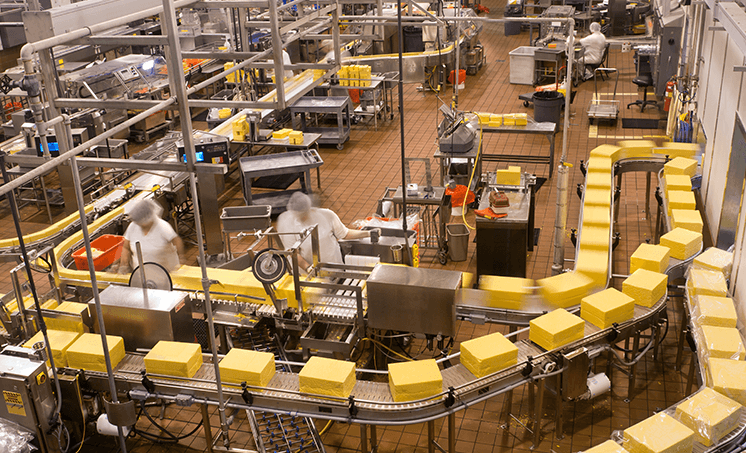CI/ CIP
Continuous improvement (abbreviated as CIP or CI) is a subset of continual improvement but these terms at times being used interchangeably. Its an ongoing effort to improve products, services, or processes.

Continuous Improvement Tools
There are many models and strategies to manage continuous improvement process. The most common is a four-step process named PDCA Cycle (Plan, Do, Check and Act).
Among other common tools which may be employed to achieve goals under CI process.
- Lean Manufacturing
- Six Sigma
- Lean Sigma
- Kaizen
- TQM
- Root Cause Analysis
- Lean Kanban


Some additional tools which may provide important input in CI initiatives.
-
- Benchmarking
- Force Field Analysis
- Flowcharts
- Affinity Diagram
- Delphi Technique
- Pareto Chart
- Cause and Effect Diagram
- Scatter Diagram
- Check Sheet
- Control Chart
- Process Capability Index and Ratio
Collaboration is Key
All these tools have one thing in common. These require collaborative approach to produce results. Systematic process, and measurement are significant to understand issues, variation, defects, and cycle time.
CI Guiding Principles/ Best Practices
Continuous Improvement has some guiding principles and best practices.
- CI is not about new product development or inventions
- Keep focus on small changes rather than major shifts
- Its collaborative and participative and employee engagement is pivotal
- Employee ideas must be encouraged to enhance ownership
- Employee motivation and ownership is key.
- CI process usually don’t suggest expensive solutions. Improvements are typically inexpensive.
- Improvement is reflective
- Improvement must be measurable are typically repeatable
- Improvements must be on the thought; what can be done better than before.
- Shared decision making may add value to CI effectiveness.

In lean manufacturing, the environment of continuous improvement is like a religion. Though the improvement might be simple, but workforce involved in the process might not be familiar with the CI process and its tools. For organizational, CI is like a mindset.
Benefits of Continuous Improvement Process

There are many benefits of employing CI mindset as a practice. Some of these benefits are
- Minimizing the wastes
- Identifying and eliminating non-value-added activities
- Collaborative and Participative Environment
- Enhancement of Motivation and Engagement
- Culture of ongoing cycles of PDCA
- Culture of Cause of Effect benefits
- Solution oriented environment
- Enhance Efficiency
- Increased Productivity
- Greater Agility
- Increased Employee – Management relationship
- Increased employee retention
- Increased Customer Satisfaction
Continuous Improvement Process Step by Step
Food Vision Proposes Six Stage – Step by Step Continuous Improvement Process
| Step 1 | Identify | The Area of Improvement |
| Step 2 | Describe/ Clarify | Describe/ Clarify The Problems and Set Goals |
| Step 3 | Analyze | Analyze The Issues/ Problem/ Look For Root Cause (S) |
| Step 4 | Take Action | Develop and Implement Solution Or Alternate Solution |
| Step 5 | Take Action | Develop and Implement Solution Or Alternate Solution |
| Step 6 | Standardize | Plan For Future and Continuously Improve |
Food Vision encourages businesses to standardize and optimize for optimal growth and instill a culture of problem solving, mistake proofing and critical thinking. Philip Crosby states “Quality is free”, and the cost is for redoing or reworking. Prevention is always important. In efforts to be proactive, we encourage to embrace the concept of “Cost of Quality”. To produce first time quality, ongoing cycles of continuous improvement and employment of lean manufacturing is the way to go.
Food Vision has world class resources to run continuous improvement projects and engage organizations in learning and employing CI tools to make their internal CI initiatives a success.

To learn how you can engage your company or your internal team to a CI process to improve your products, processes, and service,


